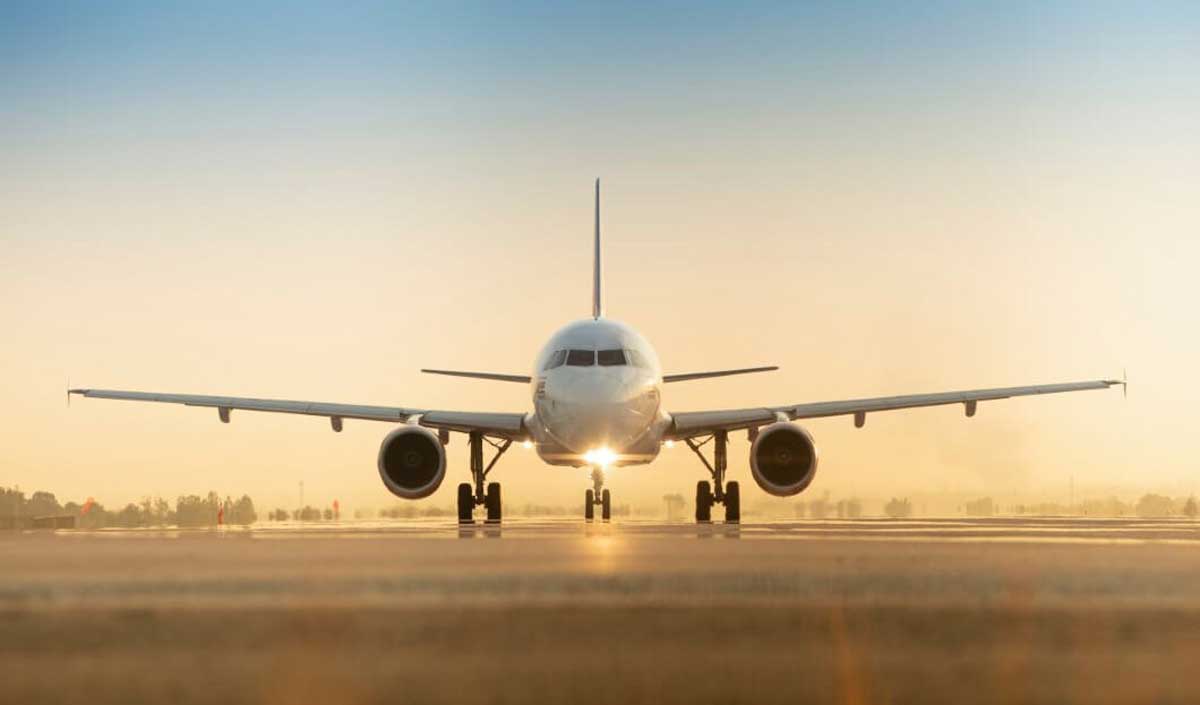Despite a series of crises, the aviation industry continues to develop positively. After two difficult years, when traffic dropped sharply, the European skies are once again filled with aircraft.
In February, the reduced passenger traffic of the European network of airports was -39% compared to -45.7% in January. These are the data published by ACI Europe.
“The improvement in passenger traffic in February reflected the fact that states began to ease restrictions as the Omicron tide subsided, both locally and with regard to travel,” said association CEO Olivier Jankovec.
While oil volatility raises fears of a sharp rise in air travel prices, according to the European Organization for the Safety of Air Navigation, air travel is expected to reach 92% of 2019 levels by the end of 2022, perhaps even talking about a renaissance.
2020 was one of the worst years in the history of the industry, with a sharp decline in passenger numbers (-60% compared to 2019 according to IATA), 2021 was not much better.
Judging by the latest statistics from Eurocontrol (European Organization for the Safety of Air Navigation), the gloom that reigned in the aviation industry seems to have dissipated. According to the European Organization for the Safety of Air Navigation, 9.3 million flights, or 84% from pre-pandemic levels, could be registered in 2022.
“In the past few weeks, aviation has continued to recover, and there has been a steady increase from 68% in January to 79% in early April compared to 2019 levels, even taking into account the impact on routes and fuel prices associated with the military conflict in Ukraine,” — says Eamonn Brennan, CEO of Eurocontrol.
The latest power scenarios, based on statistics for April-December 2022, are quite optimistic. They predict strong growth from April to a summer peak, reaching 89% of 2019 traffic by August in our base case, with this level rising slowly to 92% by the end of the year.
Although some have predicted a return to normal operations no earlier than 2024, it is possible that airports will have the same number of aircraft as in 2019 as early as … next year.
Due to the change in strategy in Europe regarding the fight against the epidemic, travel is becoming easier with lighter protocols, such as in Indonesia or Thailand.
“Airlines are increasing capacity and some are already exceeding their pre-pandemic levels. It is entirely possible to reach 90% or more of 2019 traffic during peak summer periods and we expect rest areas and some other routes to exceed 2019 levels,” the manager continued.
However, passenger traffic growth could be slowed down by higher oil prices, prompting companies to cancel routes due to lower profitability or depending on the number of passengers. But that’s not all. There is also social tension associated with a lack of staff in some parts of the sector, especially at airports.
In addition, the war in Ukraine will affect the departure time of Europeans, as well as aircraft routes. Thus, the recovery may be more fragile than it seems at first glance.

